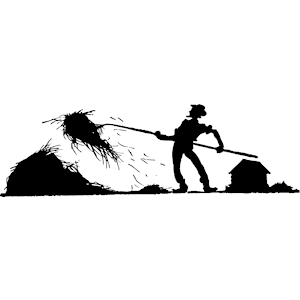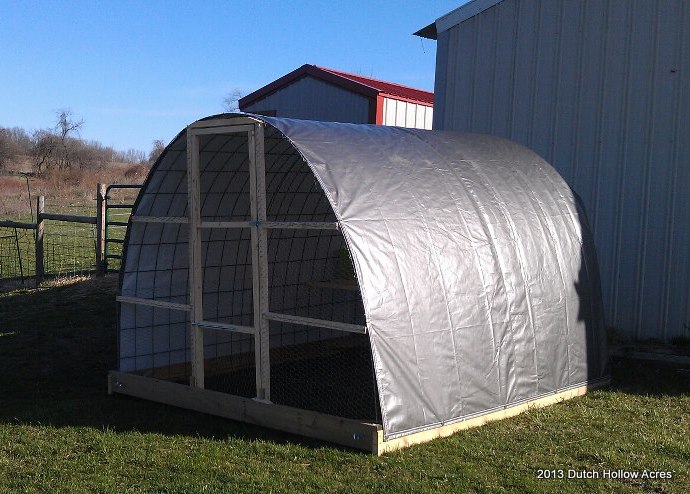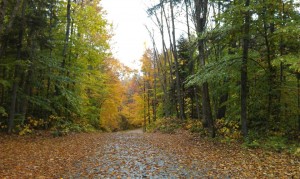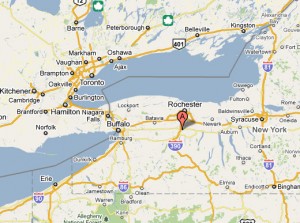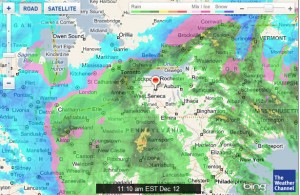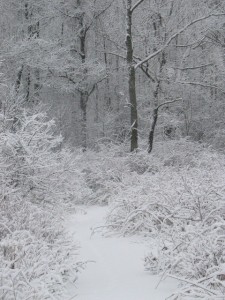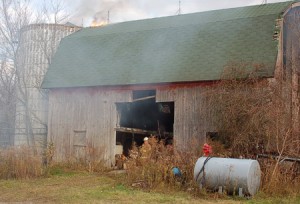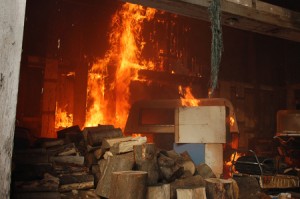Spring is here and with it endless hours of daylight which means lots of work is getting done on the farm. All these new farm chores are quite the work out so, if you’re looking to get into shape here are my recommendations.
- Warm up – Never just jump right into a workout make sure you warm up your muscles first. Start by pitching poo! Muck stalls, muck paddocks, muck out the trailer, muck out the track.
- If done correctly – you’ll have to muck out your shoes
- Glute to the Max– Shearing season! Great for shaping your butt! Hours of kneeling and shifting your weight around a wiggling animal puts strain on those glutes!
- If done correctly you should require the use of a handicapped bathroom stall since you won’t be able to sit or get back up without extreme pain
- Dexterity and triceps – Lets do fencing! Rotational fence, down fence, new fence etc. – works the dexterity in your fingers as you skillfully wind/unwind miles of tape and twine. Don’t forget the upper body work pounding in T-Posts and work those wrists as you clip on insulators.
- If done correctly you should be deaf from the sound of pounding T-posts because you forgot your ear protection. Your hands bubbled up with blisters from pounding followed by stabs and scrapes from broken electric strands.. Your legs should be minced because you though it was a nice warm day and shorts seemed like a good idea until you hit a brier patch
- Upper Body – Hay best workout ever. Pick a good humid day in the 90’s with the threat of rain coming. Have 1,000+ bales that need to be stacked before they get wet. Make sure to wear jeans, long sleeve shirt and gloves. NOW GO!
- If done correctly – oh hell, you’re probably not even conscious the next day or in the hospital for dehydration because beer sounded like a good way to re-hydrate.
- Core – Riding – it’s not a sport the horse does all the work!
- If done correctly your abs, butt, arms and inner thighs will tingle for a week. You will have a distinctive saunter to your walk.
- Areobic Workout – don’t forget your heart is a muscle too and needs to be worked just like all your other muscles. So get those running shoes on and lets chase livestock because….
- they just broke out of the fence you just put up
- they know the vet is coming and they charge by the minute
- smell of sex is in the air and the boys and girls want a mixer
- grass is greener…
- they know you have dewormer in your pocket
- you have a potential buyer and you just got finished telling them how easy to catch they are.
- If done correctly – you’re covered in alpaca spit, slipped and fell into a poop filled mud hole and have a welt on your leg from getting kicked because you weren’t fast enough.
If anyone is interested, our gym fee is $99 for the first 3 months!
